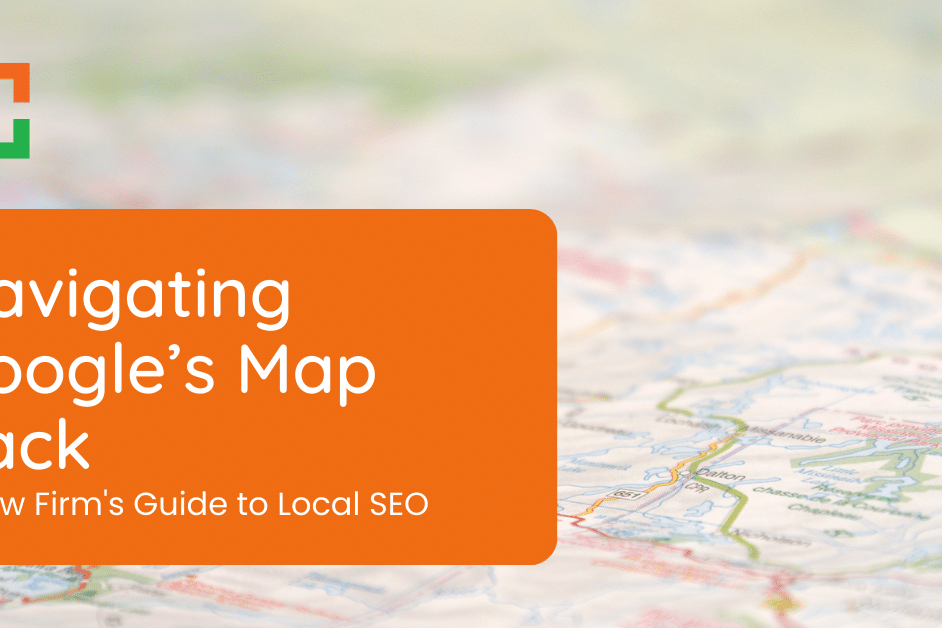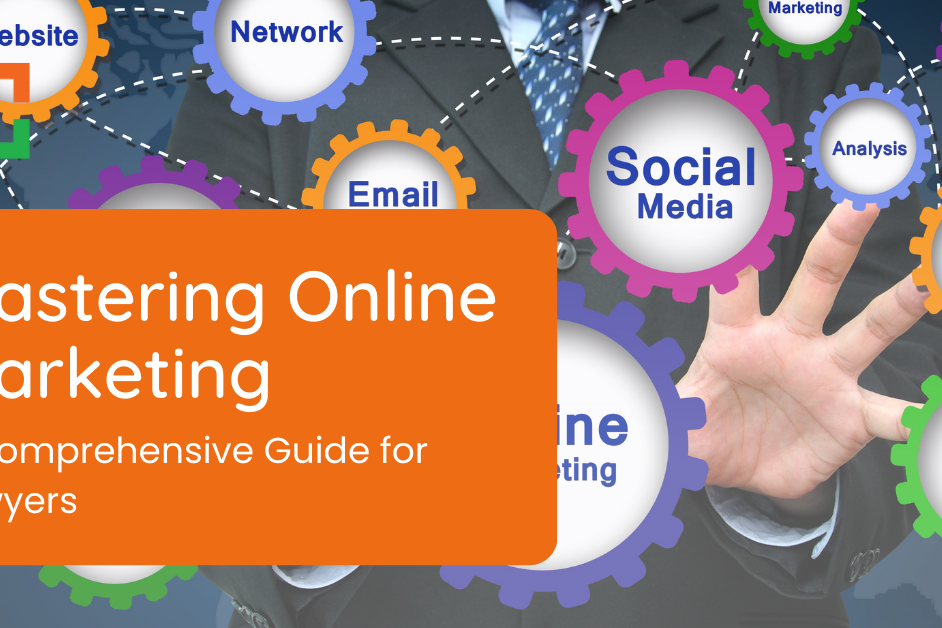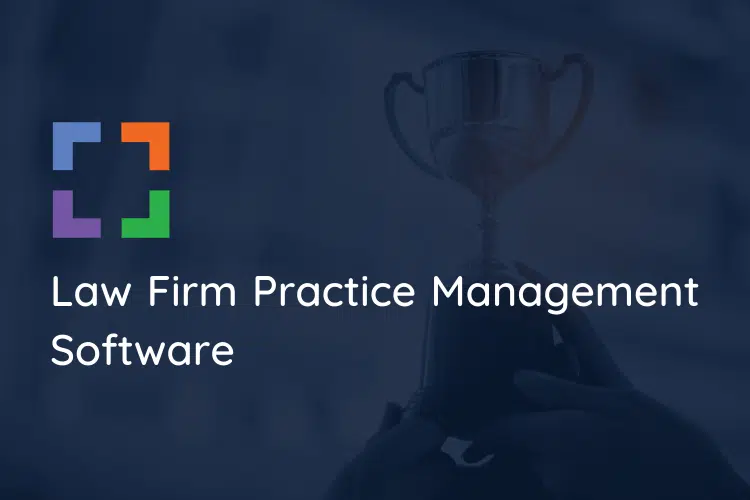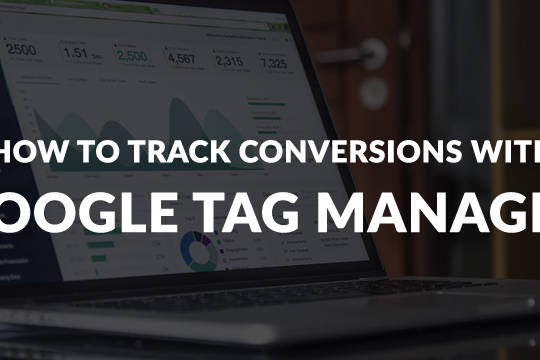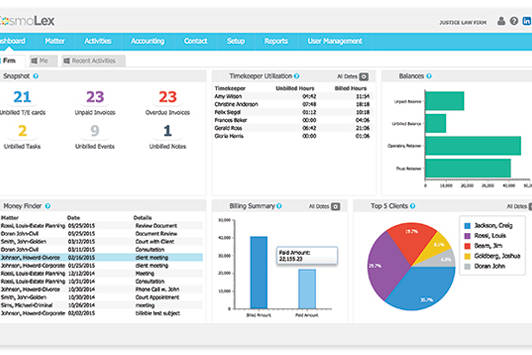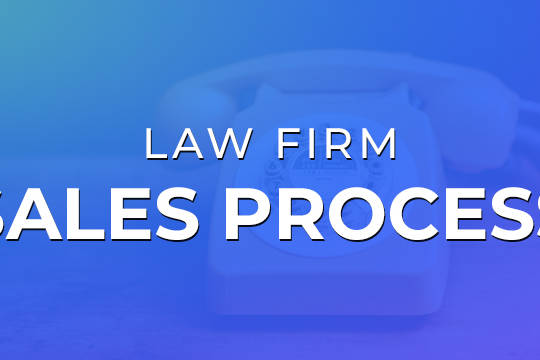Clio Grow Review: Client Intake and CRM for Lawyers
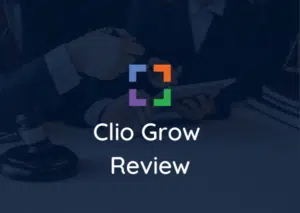
Clio Grow has been up and running for a few years and has been tried and tested by many law firms in North America and beyond. So, it’s time for a progress report.
How’s Clio Grow doing, and more importantly, what can it do for your firm?
Let’s face it, the number of legal CRM software packages out there has grown in recent years. Is Clio Grow now the best option?
Table of Contents
-
- What is Clio Grow?
- Law firm client intake process
- Law firm CRM
- Law firm e-signatures and legal document automation
- Email, workflow automation, and templates
- Referrals with Clio Grow
- Client support with Clio Grow
- Clio Grow review: Pricing
- How to get started with Clio Grow
- What’s missing from Clio Grow?
- Want to try Clio Grow for free?
What is Clio Grow?
Clio is one of the most established names in the legal software space.
Based in Burnaby, British Columbia, the Clio team has built a solid name since 2007 by providing cloud-based practice management software to handle tasks such as client intake, contact management, case management, calendaring, document management, timekeeping, billing with Clio Payments, and more.
In addition to software, Clio has some great offerings, including its Legal Trends Report and Clio Cloud Conference.
Over the years, Clio software has attracted some pretty impressive user reviews and maintained consistently high ratings, suggesting that it gets a lot right with its offerings.
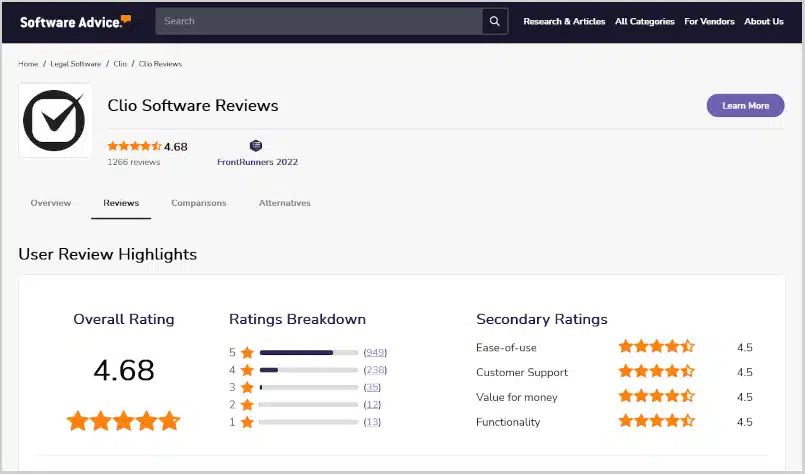
Its two main offerings are Clio Manage and Clio Grow.
Clio Grow is its client intake and customer relationship management application, dedicated to helping law firms successfully navigate the first mile of your client’s journey with your firm.
This cloud-based application helps you achieve three main things:
- Automate and organize your intake process by using shareable, online intake forms, e-signatures, and document automation.
- Schedule consultations and accept payments online using Clio’s Scheduler, which integrates with Clio Manage’s Payments to accept payment before you meet with clients.
- Automate day-to-day tasks, emails, and workflows to free up more time for legal work in your practice.
This all translates to managing leads more effectively and nurturing them through the sales pipeline, from new inquiries and consultations to retained, paying clients.
In truth, most firms need some help with this. Without the benefits of an organized and automated client intake system, it takes far too much time to organize, and too many potential clients fall through the cracks.
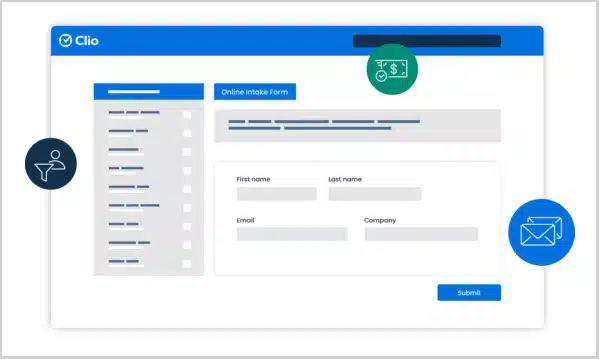
Clio Grow ultimately helps you present a new “front-line” in the customer experience provided by your firm.
Think of it as a type of “pre-practice management software” helping you bring in new clients and onboard them before you switch to your main law practice management software (Clio Manage).
But what are Clio Grow’s strengths and weaknesses? Let’s get into a little more detail in this Clio Grow review so you can see how it can help your firm grow, what it costs, and what else you can expect.
Law firm client intake process
The intake process covers the period after potential clients initially contact you until they become paying clients.
During this process, legal assistants or other law firm staff have traditionally interviewed clients either in person or via phone or email to get the information required to take the next steps. You need to gather the relevant personal, financial, and case-specific information to detail how you can assist each client.
This can be a very time-consuming process when done in person or over the phone. Some prospective clients are made to wait — and may never come back.
When you move client intake to the cloud with Clio Grow, you save a lot of time and improve the chances that every potential client you connect with ends up as a paying client.
You can gather the information you need via customizable, public-facing online intake forms that clients can complete in their own time.
This eliminates data entry, the need to go back and forth by phone or email, and other time-consuming, non-billable tasks.
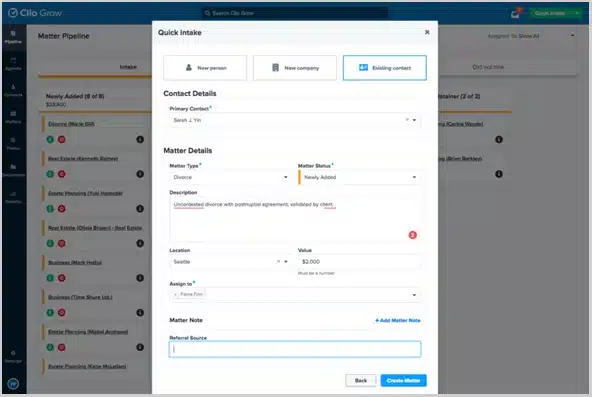
With Clio Grow, you can:
- Create questionnaires for potential clients to fill in at their convenience
- Build custom forms tailored to your practice so you get the precise information you need
- Let Clio build your forms for you if you prefer
- Create “conditional logic” forms with follow-up questions (i.e., the next question changes according to whether the client answers “Yes” or “No”)
- Share forms by email or SMS or embed them on your website (so potential clients can complete forms on fully branded web pages)
If team members occasionally have to fill out the intakes, they can do this in Clio Grow. With the Quick Intake feature, you can manually input the information and create new potential clients and matters.
You can also organize your clients better with Clio Grow, viewing potential clients in one centralized location using the Matter Pipeline.
Clio Grow also syncs with your website, virtual receptionist, and other law firm marketing channels (potential clients automatically show up in your lead inbox).
You can track leads and revenue with Clio Grow’s reporting metrics, highlighting how potential clients find you and which referrals generate the most revenue.
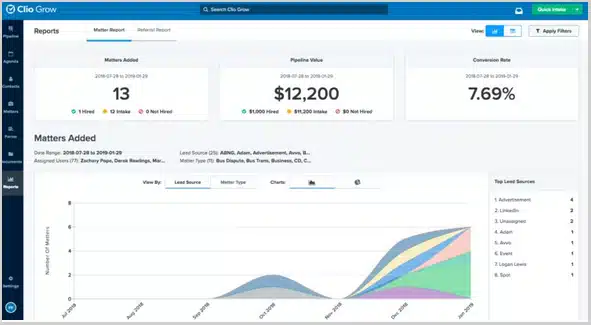
Law firm CRM
A CRM is not just for sales teams in big corporations. Almost all law firms should use one.
Ultimately, the best customer relationship management software helps you manage the client journey from the first contact point until they become a retained client.
It helps nurture the relationship and automates many of the time-consuming tasks, ensuring that nothing gets forgotten or drops through the cracks. It removes the burden from busy lawyers and legal assistants by automating much of the scheduling, communication, and signing up of new clients.
With a CRM, more potential clients will convert into retained clients because it looks after much of your follow-up.
So, how does Clio Grow help you do this?
First, with the CRM, you will need to create a Matter Pipeline. While there are stages set as default, you can customize the steps of the client journey however you want.
Some example stages could look like this:
- New lead
- Contacted
- Consult scheduled
- Send retainer agreement
- Retainer out
- Signed
The Matter Pipeline in Clio Grow looks like a Kanban-style board, where each potential matter sits in a column. Each column denotes a particular status. You can move each matter to a new status along the pipeline by a simple drag-and-drop.
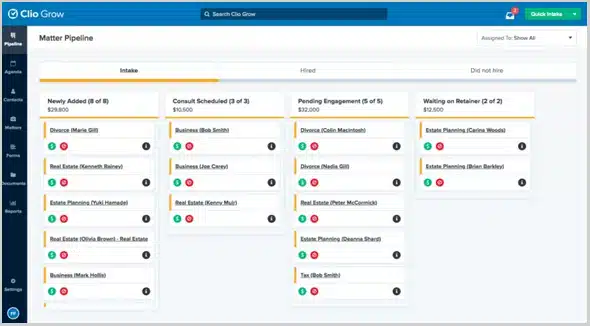
A matter can be marked as either won or lost with the simple click of a button.
Law firm e-signatures and legal document automation
Preparing and securely signing documents has traditionally been time-consuming for law firms.
It’s no exaggeration to say that cloud software has revolutionized this process for many organizations, including ours.
Previously, we required clients to print out our agreement, sign it, and email or fax it back. This meant unnecessary work for our clients and was a barrier to conversions. We lost some business opportunities. By converting to a system of e-signatures, we solved this issue. It was a game-changer, noticeably improving our conversion rate.
It’s no different for most law firms.
To be able to sign documents from anywhere securely saves printing and countless to-ing and fro-ing of documents by mail, fax, or in-person meetings.

Clio Grow assists this process significantly, allowing you to create and send electronic retainer agreements that automatically fill with the client’s information.
They automatically integrate with the e-sign software HelloSign so the client can e-sign the document from their device and return it.
It’s a simple process that’s a huge time saver for getting agreements signed and eliminates human error. Making the process smoother for clients removes potential obstacles and reduces the likelihood of clients backing out of deals at the last minute.
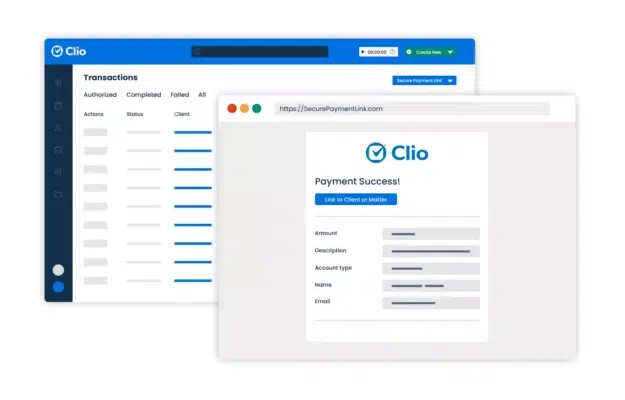
In addition to signing legal documents and agreements, Clio Grow allows you to draft and review these documents at any time.
Email, workflow automation, and templates
With Clio Grow, it’s easy to organize and nurture potential new clients, existing clients, and professional contacts from one platform (it syncs seamlessly with Clio Manage).
You can automate many tasks, enabling you to “set and forget” essential aspects of client retention and communication. As well as client intake, you can automate appointment reminders and personalized email follow-ups.
Clio Grow’s templates and automation allow you to keep in contact with clients who are not ready to sign a retainer agreement with you yet, even after an initial consultation. Often, in these situations, the follow-up process from firms without CRM software is practically non-existent.
Clio Grow makes this process easy and moves clients through the sales pipeline to complete their journey — even hesitant or delaying clients are more likely to convert into retained clients.

You don’t have to reinvent the wheel each time. Instead, you can use and reuse the templates for your workflows.
As an example, once a client schedules a consult, you can assign them a new consult template with accompanying appointments and tasks for you to complete, with automated emails and documents sent out to the client.
Beyond that, you can send customized documents to clients (e.g., retainer agreements) already filled out with information you’ve received in their Clio Grow account. No more cut-and-paste or asking the clients to fill out everything from scratch.
You can also search, tag, and filter your contact lists for quick and easy access as required.
Referrals with Clio Grow
Clio Grow also allows you to easily refer cases — and receive referrals — using the Clio Referral Network.
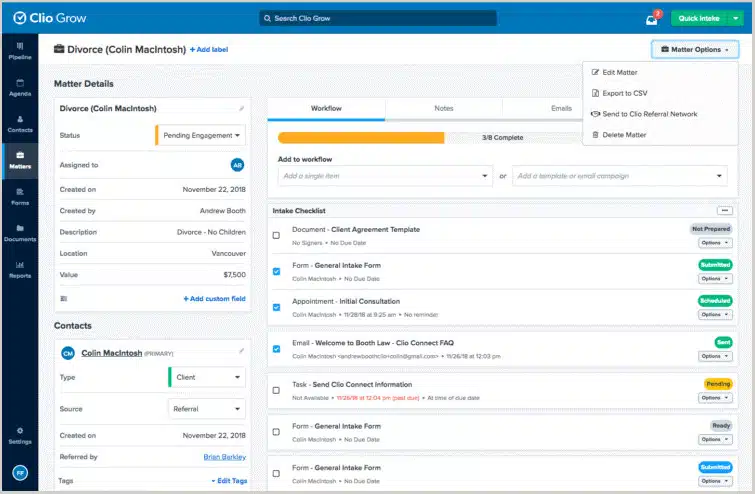
With all the law firm marketing channels available now, you may put less time into referrals than before — but they are still an important part of many firms’ client acquisition strategy.
With access to the Clio Referral Network, you can tap into a community of legal professionals who use the platform and refer cases to each other. You can pass on cases that are beyond your practice area capabilities, or you can’t take on for another reason — right from Clio Grow.
Client support with Clio Grow
It’s not just the features and pricing that make or break a software package.
At some point, you’re likely to need help with your software. Even though Clio Grow is cloud-based and simple to use, it’s highly sophisticated.
Reaching out to support teams can be frustrating unless they have the capacity and capability to solve your problem or query as soon as possible — especially if it’s a mission-critical problem.
With Clio Grow, you have access to Clio’s well-renowned support team. Support is 24/5 from 12 am Monday to midnight on Friday, which covers the requirements of the vast majority of law firms.
In addition to the live help, Clio has a chatbot and a help center with tons of help videos and articles to walk you through the platform.
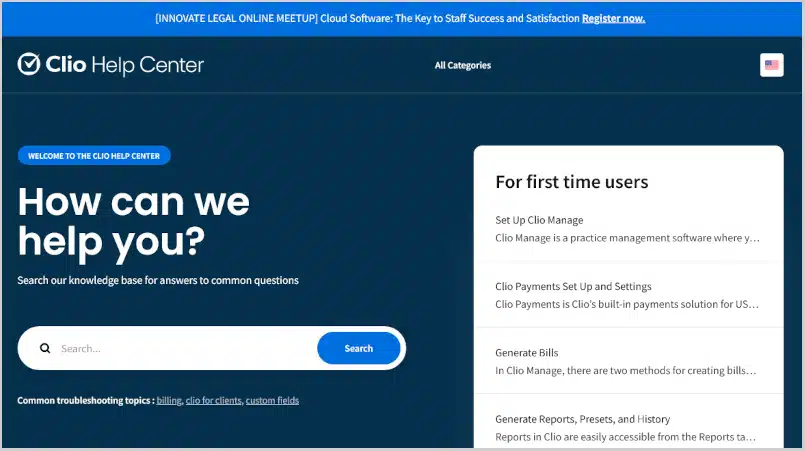
While testing out Clio Grow, I chatted with support on a Friday morning just to see what the wait was like and connected with someone in under a minute.
I waited less than 30 seconds for phone support before connecting with a human being. It was fast, and I was very happy with how quickly they answered my questions.
Clio Grow review: Pricing
Before we look at pricing, remember that Clio Grow works best alongside Clio Manage for a seamless experience between the CRM and the practice management software.
So, let’s first take a look at Clio pricing for its practice management software (based on paying annually).
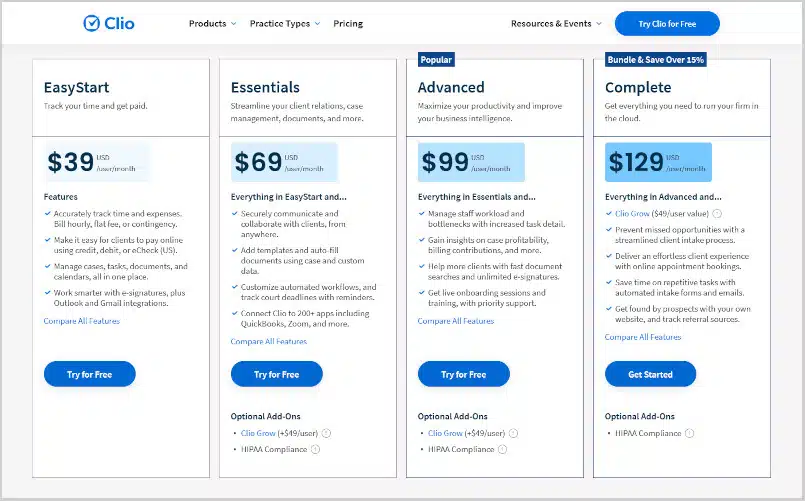
As you can see, there are several options. With the Essentials or Advanced plans, Clio Grow can be purchased as an add-on with a one-time set-up fee of $399. This includes an onboarding package covering live training, custom intake and document templates, etc.
The monthly fee is $49/user/month if billed annually and $59/user/month if billed monthly.
The app is not available as an add-on for the EasyStart plan. With the Complete plan for $129/user/month, Clio Grow is included in the price and the setup fee is waived.
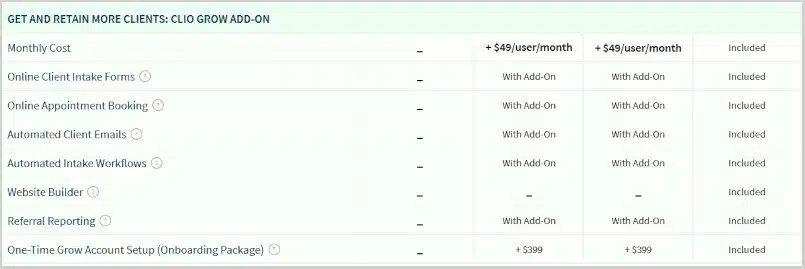
How to get started with Clio Grow
Clio offers a free seven-day trial of its Clio Manage/Grow platform, so you can try it before committing.
But what happens once you’re ready to get started with the software?
Clio Grow is easy to use and cloud-based. So, you can log in from anywhere on any device at any time. Software updates are automatically handled, making it light on the technical requirements — which suits most law firms.
After logging in, you’ll see an onboarding checklist. You can either methodically tick these off or ignore them if you already know what you’re doing. Most firms hould start here as an introduction to the software so that you don’t miss any of the main features.
There are also introductory videos (and webinars) to watch on the following key topics:
- How to intake a new lead
- Overview of the Matter Pipeline
- How to set up your custom fields
- How to build an intake form
- How to set up a workflow template
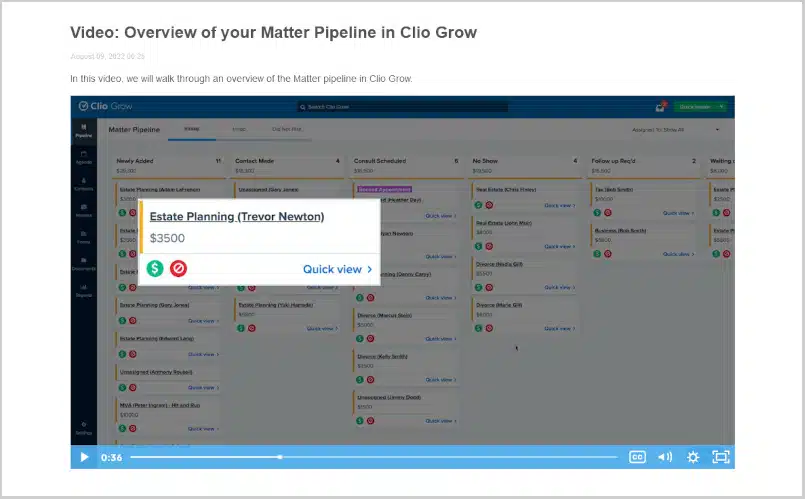
Clio’s walkthrough of the software is pretty simple, and it’s hard to get lost.
Helpful pop-ups take you through all the main points, from customizing matters types depending on the types of cases you usually handle to quick intake, which shows how you can complete intakes with the minimum of effort and send intake forms to new clients.
The tutorials help you stay focused on learning the main features and becoming acquainted with the platform rather than getting lost down “rabbit holes,” which can happen when you first start with new software.
After the walkthrough, you can start the process of customizing Clio Grow more for the precise needs of your law firm.
This will likely include doing some or all of the following:
- Integrating with your Clio Manage account
- Creating different matter types
- Adding custom fields for contacts
- Customizing the pipeline statuses
- Integrating with payments
- Syncing email/calendar
- Creating email templates
- Creating email campaign templates
- Creating workflow templates
- Creating intake forms in the form builder
- Importing contacts
From when you start, Clio Grow has all the tools you need and tons of customization ability to make it work smoothly for your firm.
One word of advice: If Clio Grow is the first CRM and intake system you’ve ever had in your practice, now would probably be a good time to set up internal policies and procedures for managing intakes and making Clio Grow part of that process.
What’s missing from Clio Grow?
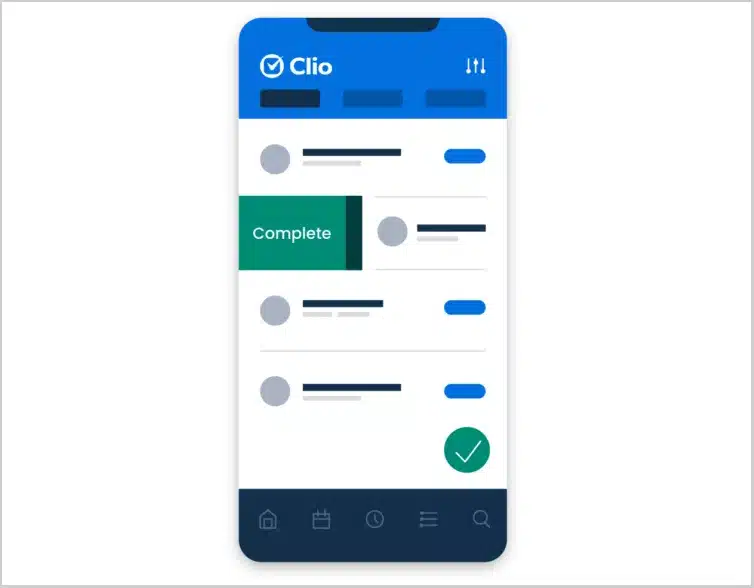
Clio Grow will do everything you need with a CRM. It certainly has all the main features required to manage a potential client pipeline.
If we’re being ultra picky, the following features would take it to the next level:
- Zapier integration would allow users to integrate Clio Grow with more of the other apps they use daily.
- You can view Clio Grow data from a mobile web browser but there is no mobile app (though there is a Clio mobile app). An app would further optimize the multi-device experience with the software.
- More advanced features like email BCC to Clio (allowing direct email correspondence between the client and the Clio Grow user) and more goals/forecasting features.
The Clio team is still considering adding these features, and, as we know, things change quickly in the legal software space. Stay tuned!
Want to try Clio Grow for free?
As Clio says, “There’s a lot that goes on between the first call and the final invoice.”
Clio Grow should be a no-brainer if you’re using Clio Manage already. It’s an efficient and cost-effective way to free up your time for more casework and provide a better customer experience with your firm.
Having the right processes and software helps lawyers retain more potential clients, and it usually pays for itself many times over in the revenue it adds.
So, if your firm is looking to better manage the intake process, Clio Grow’s CRM, intake form tools, and matter pipeline management are for you.
If you want to see it in action for yourself, you can check Clio Grow out here.
Related Posts
March 8, 2024
Keyword Research for Lawyers: Choosing the Right Keywords to Get More Traffic and Leads
The ultimate guide to keyword research…
February 15, 2024
How Marketing Helps Law Firms Succeed: Strategies and Benefits
Explore the role of marketing in law…
January 30, 2024
SEO for Lawyers: A Beginner’s Guide (With 50+ Examples)
SEO for Lawyers is one of the best ways…
January 22, 2024
Why Should Businesses Optimize for Local SEO?
Discover which industries benefit most…
January 5, 2024
3 Pillars of Local SEO for Law Firms: Distance, Relevance, Prominence
Learn about the three most important…
December 28, 2023
The Lawyer’s Guide to Building Strong Local Backlinks
Learn about the importance of building…
December 20, 2023
SEO Myths and Misconceptions in Legal Marketing
Master SEO for law firms. Learn what…
December 19, 2023
Creating Effective Local Landing Pages for Law Firms
Master local landing pages for law…
December 14, 2023
Reputation Management for Lawyers: The Ultimate Guide
Master reputation management for…
December 7, 2023
Navigating Google’s Map Pack: A Law Firm’s Guide to Local SEO
Learn about Google's Map Pack, why your…
December 1, 2023
Google Ads for Lawyers: Tips to Generate More Qualified Leads
Learn the importance of Google Ads for…
November 22, 2023
Law Firm Marketing: A Complete Guide (with 24 Strategies)
Here's everything you need to know to…
November 17, 2023
PPC for Lawyers: An Expert Guide to Mastering Paid Search
Learn everything you need to know about…
October 24, 2023
Best Law Firm Website Builders: Set Your Practice Up for Success
Learn how to elevate your firm's online…
October 18, 2023
Local SEO for Lawyers: A Guide to Winning More Local Leads
Learn about the importance of local SEO…
October 6, 2023
Video Marketing for Lawyers: 13 Techniques for Attracting Clients
Learn everything you need to know about…
July 26, 2023
ChatGPT for Lawyers: Balancing AI and Legal Work
AI and ChatGPT are taking the world by…
June 28, 2023
How to Grow a Law Firm: Essential Strategies for Success
Uncover essential steps on how to grow…
June 14, 2023
Radio Advertising for Lawyers: What You Need to Know
Learn everything you need to know about…
May 30, 2023
SEO for Personal Injury Law Firms: A Complete Guide
Learn all about the power of personal…
May 15, 2023
LinkedIn for Lawyers: 11 Tips to Create a Stand-Out Profile
Find out why all lawyers should be…
May 15, 2023
Email Marketing for Law Firms: How to Attract & Retain More Clients with Email
Learn everything you need to know to…
May 15, 2023
Keyboard Shortcuts for Legal Symbols: How to Enter the Section Symbol (And More) Into Your Documents
Looking to draft your legal documents…
May 3, 2023
Law Firm Branding: How to Build a Strong Brand (With Examples)
Learn how to build a strong brand that…
May 1, 2023
Remarketing Ads for Lawyers: How to Stay Top-of-Mind and Drive Conversions
Learn all about remarketing ads for…
April 26, 2023
Content Marketing for Law Firms: The Ultimate Guide
Learn everything you need to know about…
April 20, 2023
Mastering Online Marketing: A Comprehensive Guide for Lawyers
Learn all about online marketing for…
April 5, 2023
Internal Links for Law Firm SEO: A Comprehensive Guide
Learn everything you need to know about…
April 4, 2023
Criminal Defense Law Firm Website Statistics (100 Firms Analyzed)
We analyzed the top 100 criminal…
March 30, 2023
9 Types of Content You Should Have on Your Law Firm’s Website
Content is important for law firm…
March 29, 2023
5 Places Your Clients are Leaving Reviews Online
Learn about the importance of reviews…
March 28, 2023
Negative Keywords for Lawyers: Mastering Google Ads for Maximum ROI
Learn everything you need to know about…
March 23, 2023
Local Keyword Research for Lawyers: A How-To Guide
Learn all about the importance of local…
March 22, 2023
Law Firm Website Design and Development: A How-To Guide
The ultimate guide to law firm website…
March 21, 2023
What Is Search Intent and Why Does It Matter for Law Firm SEO?
Learn all about search intent for law…
March 17, 2023
How to Improve Your Law Firm’s Online Presence
Learn everything you need to know about…
March 10, 2023
How SEO Compares to Other Law Firm Marketing Strategies
Learn about the importance of SEO for…
March 7, 2023
21 Ways to Attract More Backlinks to Your Law Firm’s Website
Learn about the importance of backlinks…
February 16, 2023
Local Citations for Law Firms: Maximizing Your Online Visibility
Learn what you need to know about local…
February 10, 2023
How to Get More Google Reviews for Your Law Firm
Get more Google reviews for your law…
February 9, 2023
Google Business Profile Optimization for Lawyers: A Guide
Google Business Profile Optimization…
January 31, 2023
Law Firm Marketing Plan: A Step-By-Step Template [Free PDF]
Download a free law firm marketing plan…
January 17, 2023
Local Service Ads for Lawyers: 9 Steps to Guarantee More Quality Leads
Learn everything you need to know about…
January 12, 2023
Lawyer Advertising Rules: What You Need to Know about Law Firm Ads
Advertising is a crucial path of…
January 10, 2023
Live Chat for Law Firms: The Best 15 Live Chat Apps for Attorney Websites
In this article, we review the best 15…
January 4, 2023
Legal Directories: Best Lawyer Directories in 2023
Learn all about legal directories,…
December 15, 2022
Google Business Profile for Lawyers: How to Skyrocket Your Local Search Leads (for Free)
Learn everything you need to know about…
December 6, 2022
Attorney Bio Pages: 13 Ways to Supercharge Your Profile
Learn about the importance of attorney…
November 29, 2022
Advice for New Lawyers: 11 Tips for Aspiring Attorneys
Find the top tips that will help any…
November 28, 2022
Lawyer Statistics: 55 Eye-Opening Stats & Trends for 2023
Find out everything you could ever want…
November 7, 2022
TikTok for Lawyers: How to Grow Your Law Firm Through TikTok Marketing (With Examples)
TikTok for lawyers, while…
September 15, 2022
Law Firm Website Design Cost: How Much Should Your Attorney Website Cost?
Looking to get a new website designed…
September 7, 2022
[Video] 3 Ways to Get More Law Clients: Show Authority, Credibility & Capability
3 ways to get more law clients by…
August 29, 2022
How to Get More Clients for Your Law Firm: A Guide
Looking to start bringing in more leads…
August 4, 2022
Link Building for Lawyers: 13 Strategies to Build Your Link Profile
Learn about the importance of link…
July 6, 2022
15 Top Law Firm Practice Management Software Solutions
Learn what the top 15 law firm practice…
June 16, 2022
Law Firm Newsletter: How to Nurture Leads and Get More Clients
Find out how your law firm could…
June 1, 2022
Law Firm Marketing Budget: How Much Should You Spend on Marketing in 2023?
Wondering how much it costs to market…
May 13, 2022
Blogging for Lawyers: How to Start and Manage a Legal Blog
Learn all about blogging for lawyers,…
May 5, 2022
Lead Generation for Lawyers: How to Generate More Leads
Learn why lead generation for lawyers…
April 4, 2022
SEO for Criminal Defense Lawyers: What You Need to Know
Even criminal defense law firms need to…
April 4, 2022
How to Track Conversions on Your Website using Google Tag Manager
The ultimate guide to using Google Tag…
April 4, 2022
CosmoLex Review: A Lawyer’s Case Management Test Drive
A comprehensive Cosmolex review for…
April 4, 2022
Law Firm Sales Process: 10 Tips to Convert More Prospects Into Customers
In this article, we will cover 10 tips…
April 4, 2022
What Does Your Font Say About Your Firm? The Best Law Firm Logo Fonts
Fonts go a long way in communicating…
April 4, 2022
How to Leave FindLaw – Escape Their Clutches & Gain Your Freedom
Looking to leave Findlaw? Here's how to…
February 11, 2022
Lawyer Awards: Top National, International, and Local Awards to Apply For
To establish credibility for your law…
January 4, 2022
Avvo Lawyer Marketing Guide: 17 Avvo Marketing Techniques & Tactics
A guide to marketing yourself and your…
December 10, 2021
Facebook Advertising for Lawyers: 17 Zuckerberg-Approved Techniques
17 Facebook advertising techniques that…
December 1, 2021
The Pros and Cons of .lawyer and .law Domain Names
Should you have a .lawyer or .law…
July 23, 2019
Practice Area Power Pages: 21 Tips to Get Your Service Pages to #1 in Google
All law firm's need practice area…

























